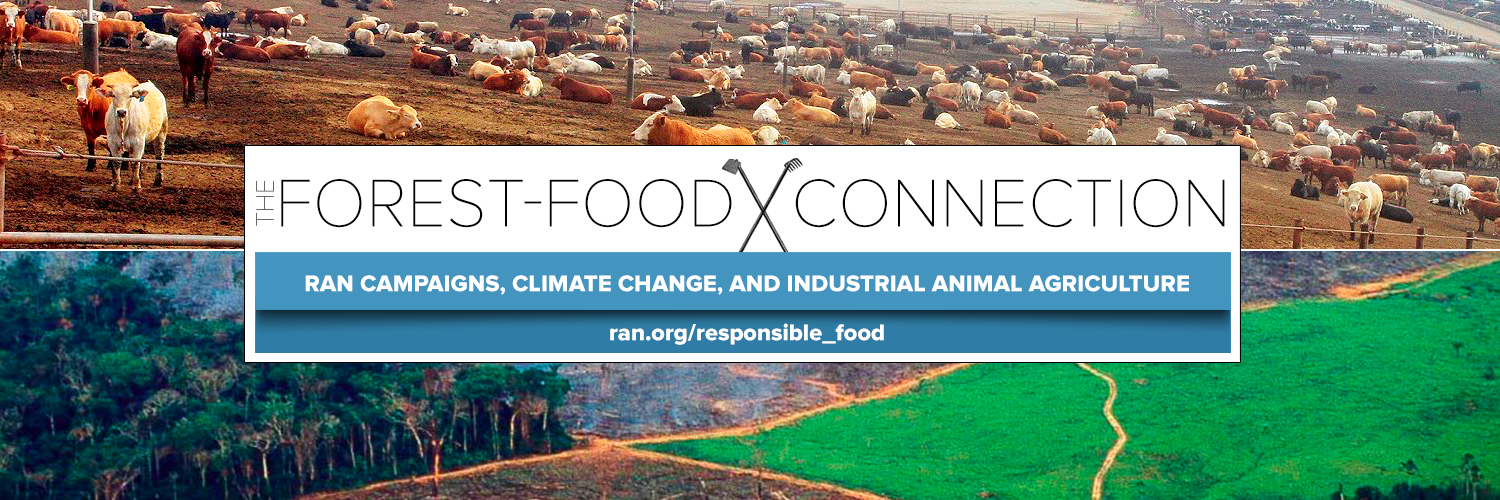Because of the stranglehold that corporations and ag policy have on the food system, influencing market demand may be an essential part of the strategy to shift the sector. Market forces really matter, which means that simple shifts in consumption patterns can make a difference. However, meat consumption in the U.S. has flattened, and in some cases like beef and pork, slightly declined. While domestic consumption has been stagnant, meat exports from the U.S. have soared since 1990, and the percentage of U.S. meat production for export is rapidly rising.
We can’t solely push for decreased meat consumption given the “leaky system effect” where US consumption lowers but meat exports increase. US meat consumption campaigns, therefore, are not enough to tackle the scale of this global problem––we must also tackle the system of production and look at the entire supply chain, especially in countries like Brazil, China, EU and India which drive the global meat trade.
The growth in per capita consumption of meat is strongly linked to increasing levels of income in many countries of the world. Average meat consumption in America is over 322 grams (.71 lbs) per person per day, compared to the global average of 115 grams (.25 lbs) per capita a day. China consumes 160 grams (.35 lbs) per day, India only 12 grams (.03 lbs) per day.[133] One of the fastest growing meat consuming regions is Asia, particularly China.[134] Unfortunately, to meet these growing needs China, like India, is looking to the US model of factory farming.
The non-profit policy think tank Brighter Green works to raise awareness about the growing consumption of meat in countries with emerging markets and skyrocketing growth of factory farming, like China, India, Ethiopia and Brazil, and its impact on climate change. The What’s for Dinner documentary finds that until relatively recently in human history, regular consumption of meat generally was limited to a society’s elite. But vast changes in agricultural practices in industrial countries, including the use of large, confined, factory-like facilities that house thousands of animals, have made meat, dairy products, and eggs much more widely available and affordable. Eating meat now often represents prosperity, independence, or modernity in a globalizing world where Western-style consumption patterns have set an international standard.[135]
Meat is now central to billions of people’s daily meals. However, the environmental, climate, public health, ethical, and human impacts of this consequence of globalization are enormous and remain largely undocumented. China, the world’s most populous nation with about 1.3 billion people, is now the world’s largest producer—and consumer—of agricultural products. China has one of the world’s biggest livestock populations, and its overall meat consumption is now twice that of the U.S.[136]
If left unchecked, worldwide meat consumption and production could lead to species loss, climate risks, poverty, and social breakdown as large meat-producing companies continue to displace small-scale farmers.[137]
Given our current per capita consumption patterns, Americans are presented with a historic opportunity to shift the scale of climate change. If we responsibly reduce our own meat consumption we can make an impact on the various environmental and social ills associated with its consumption while also actively advocating systemic changes in the food system. For even though meat consumption in the US has flat-lined, our per capita consumption is still way ahead of everyone else, including China. As America sets the standard for consumption patterns, it’s our responsibility to reduce our per capita consumption of meat products rather than shifting the blame to other countries.
Regarding meat alternatives, we should be wary of replacing one problem with another, ie consuming GMO soy products with all the built-in pesticides and deforestation. If we want to use our consumer purchasing power we should always seek out organic soy to avoid supporting GMO crops and deforestation.
Efforts to reduce meat consumption are only part of the solution; we must also move swiftly to transform the destructive practices of the biggest corporations and governments around the world driving rights abuses and climate change through the industrial production of animal products.
[133] http://na.unep.net/geas/getUNEPPageWithArticleIDScript.php?article_id=92
[134] http://na.unep.net/geas/getUNEPPageWithArticleIDScript.php?article_id=92
[135] http://brightergreen.org/whats-for-dinner-documentary/
[136] http://brightergreen.org/whats-for-dinner-documentary/
[137] http://www.sciencedaily.com/releases/2015/07/150708100701.htm
